“Corporates need to be purposeful in their communication and back it up with actionsâ€
As part of our series on ‘PR Conversation’, we at Adgully are speaking to some of the industry leaders from both PR agencies and the corporate communications world about how PR as a business and communication tool has evolved and grown over the years. In the last 10 years, PR has taken a different dimension, especially after the entry of social media in a big way. While the PR business has grown, some of the challenges that the industry is facing have also multiplied as clients are becoming more demanding and are expecting their consultants to be on their toes to manage their brand reputation, as news today travels fast and clients are expecting quick response and action in case of a crisis situation.
Also read: PR has to have a seat in the board room to make any significant impact: Pooja Garg Khan
In conversation with Adgully, Rashmi Soni, VP & Head of Corporate Communications, Vistara, speaks about how the travel and aviation industry i rallying around in these challenging times and much more. Soni also highlights the #FlyingFeelsSafeAgain campaign, which is aimed at restoring customers’ confidence in flying.
How has PR evolved in the last 10 years? Going forward how will the Industry shape up as the dynamics of the PR will keep changing with digital transformation?
With the growth of social media and proliferation of smart devices, the PR and communication has changed dramatically over the last decade. Digitisation, data analytics, mobile apps, constantly evolving media landscape, and changes in content consumption behaviour, are some of the emerging trends that have transformed the way brands communicated with their stakeholders. While on the one hand new avenues of communication have come up, the preference shifted towards short format content, mostly consumed on handheld devices. Technology has also given everybody access to enormous amount of information, leading to reduced attention span. I also feel the relationship between journalists and PR professionals has also become more symbiotic in the last few years as a result of the growing trend of citizen journalism.
In view of these changes, PR strategies have to be multi-dimensional to be able to succeed in this digital marketplace. Communication is an integrated process today that mixes traditional methods like conferences, press releases and interviews, with newer aspects like influencer engagement and blending digital and non-digital tools to reach the target audience. Utilising these advanced tools, brands are able to engage more effectively with their target audiences at their preferred platform, time and convenience. Also, data analysis has enabled brands to better understand their audience, their behavioural nuances and use this information to improvise their communication approaches.
The ongoing pandemic has given further push to digitalisation across industries. This has resulted in newer ways of information sharing and new-age engagement tools being used extensively. At Vistara, we did virtual press conferences to announce insights of our customer surveys conducted last year and we found that there was hardly any difference in its effectiveness, compared to traditional methods, plus it is cost effective.
With constant evolution in technology, I feel the future lies in data analytics as it helps understand the customers better. Also, technologies like Virtual Reality and Augmented Reality have started to change the way products are launched and content is consumed, enabling an integrated experiential approach. For instance, virtual travel has been gaining a lot of momentum in times like these when people are not able to travel due to various restrictions. Going forward there will be a sharper focus on using tools and platforms that brands had either not utilised in the past or have under-utilised.
The travel and hospitality industry has been really disrupted. What are the PR challenges you have faced for Vistara in the last one year? How are you navigating during the pandemic and what is the role of PR here?
The COVID-19 pandemic has affected the travel and aviation industry across the world and the scenario in India is no different. From a business standpoint, operations came to a complete standstill for two months during the national lockdown last year, which severely impacted the revenue. It had also resulted in loss of passenger confidence in flying, which was a key concern. The main challenge was to sensitise people about following the safety SOPs while establishing air travel as the safest mode of transport.
This crisis presented a unique opportunity, especially to brands in the travel, hospitality and tourism industries, to collaborate with their customers. To restore our customers’ confidence in flying, Vistara introduced the #FlyingFeelsSafeAgain campaign, which focused on communicating all the steps we have been taking to ensure safe travel, including regularly sanitizing the aircraft, following all SOPs at every step of the customers’ journey, and deploying touchless technology to reduce physical contact, etc. To educate the customers about air filtration process in the aircraft, we collaborated with our OEM partners and released informative videos. Since airlines and passengers have a shared responsibility to keeping air travel safe, Vistara also introduced the #FlyerCODE campaign that seeks to appeal to customers to be Careful, Observant, Distanced, and Empathetic, whenever they fly. We believe these small actions will influence positive behavioral changes in travellers and will make them more considerate flyers and make flying feel safe again.
Whenever travel picks up again, our key communication objective will be to continue emphasising that air travel is still the safest mode of transportation and reiterate the safety measures taken by us to protect our customers and staff.
Airline brands are very particular in protecting and maintaining their reputation. In today’s times when pandemic has hit everyone, how has Vistara managed their brand reputation, especially online where news travels fast?
I feel every communication strategy needs to be based on understanding, empathy and sensitivity towards the customers and the environment around them, especially in a crisis. It should also not be limited to communication alone and should translate into actions as well. Keeping in mind that customers are also going through their own set of challenges trying to take a flight in a volatile environment such as today, we altered the tone and content of our communication to further ensure that our engagement with them is empathetic, timely and meaningful. Whether it is to assure travellers of the steps we are taking to ensure safety of our customers and staff, bringing inspiring stories from within the organisation to light, getting our Leadership closer to people, or to engage our customers in fun activities – the idea is to continue staying relevant.
We even appealed to our customers to ‘travel only when necessary’, which wouldn’t make sense otherwise, but we knew that in extraordinary circumstances like these it was the right thing to do. We also activated our National Relief Program to provide air logistics support to the Government of India in their efforts to contain the spread of the virus. Under this program, we are offering complimentary cargo space on our domestic flights to transport medical equipment, relief supplies, PPE kits, vaccines, etc., to government organisations. Additionally, we are also offering free air travel to doctors and nurses representing government organisations/ hospitals, travelling to carry out their official duties.
In today’s connected world, news travels fast and consumers are not just aware of what a brand is communicating through PR, they also know about on-ground actions by the brand. Hence, I feel the key is to be purposeful in your communication and back it up with actions.
The pandemic has disrupted everyone. In these times how have you managed the expectations from your PR agency? Did you redefine your objectives to them and revisited your deliverables?
We look at our PR agency team as an extension of our communication team and not just an external agency to execute plans and conduct media outreach. They play the role of a partner in achieving business and brand objectives. They are completely aligned with us in driving meaningful and effective communication that resonate with all stakeholders. As the situation changed, we tweaked our communication strategy, prioritised our objectives and regularly evaluated our efforts. Now, it is more about trying to bring a shift in consideration for the brand, engage the customers more meaningfully than just trying to build a strong share-of-voice in the industry.
Internal communication and external communication with stakeholders are very important in the Airline business. What process and framework you follow to continuously stay engaged with both your internal and external stakeholders?
The scale of the pandemic is unprecedented, and its magnitude continues to grow by the day. In such times, keeping internal stakeholders informed and engaged is as important as communicating with the outside world. We brought synergies between our communication to both stakeholders under an overarching theme – #InThisTogether, built on the principles of Inform, Recognise, Engage and Sustain, and reaching out to stakeholders at regular intervals to form an emotional bond.
Externally, our focus remains on being as transparent as possible about our processes, practices, our contribution towards communities, etc. A significant amount of our focus now also lies in creating more awareness and educating consumers about the ‘new normal’. From proactive customer communication to round-the-clock responsiveness to the media and other external stakeholders, we are making sure to be as clear in our communication as possible. We truly believe that it is in times of such crises that brands can truly build on their credibility and regular communication plays a vital role in that regard.
On the internal communications front, we are running an all-encompassing campaign, touching all stakeholders to bring positivity among them and boost their morale. We launched VistaraCARE, which focuses on employee safety and wellness by keeping them aware, connected and enabled, supported by an emotionally strong work environment. We’re bringing to light inspiring stories of courage of our colleagues across departments and functions about fighting all odds during these challenging times. We’re also engaging with them in fun activities like online yoga, or contests using various tools and digital platforms, to reunite and motivate everyone. However, we maintain the tonality of all our communication in check, keeping humour to appropriate limits. We have also put together a special cross-functional taskforce to help our employees with all COVID-related medical assistance for themselves and their families. We also brought the Vistara family together to support the vulnerable communities during COVID-19 and launched Wellness Initiative under which we have been regularly distributing food and hygiene essentials to underprivileged people across the country.
PR measurement and effectiveness of PR has always been a subject of debate. As a PR professional, what steps the PR industry should take to bring in uniformity so that everyone speaks one language when it comes to PR measurement?
With the continuously evolving landscape, the way we disseminate and consume information has changed and so have the measurement metrics. Now it is imperative to look beyond traditional metrics of AVE, readership and viewership, and evaluate the impact of communication more holistically, basis the communication objectives. Having said that, the impact of PR is intangible, hence accurately measuring it is nearly impossible.
Firstly, PR today uses multiple tools and platforms with each having their unique features, making it difficult to evaluate them on any single parameter. For instance, measuring the reach of a news article will be very different from how the output from an influencer campaign could be evaluated.
Even when we talk about specific measurements, it is not as black and white as we all hope. Of course, it also depends on various factors like nature of business, kind of campaign, communication objectives and outcome, etc., as different tools may be effective to reach the right audience for different brands, campaign, etc. However, every measurement system has to start with setting defined, measurable goals with specific KPIs for the brand/ campaign and mapping results to them.
There is no ‘one size fits all’ solution, it needs a combined macro-outlook to understand what your outreach has achieved.
For more updates & collaboration, connect us on :



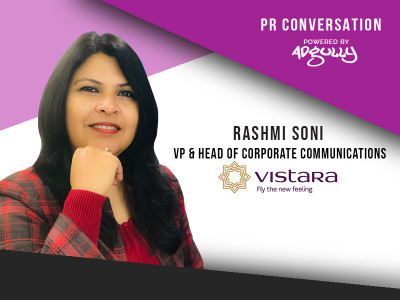






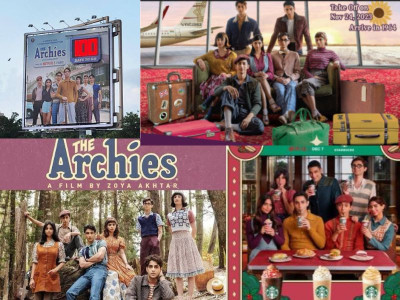
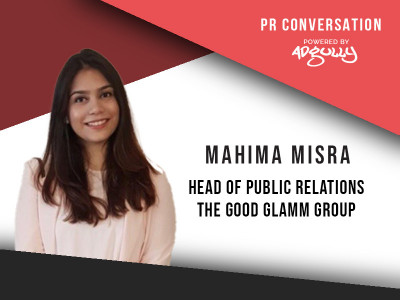
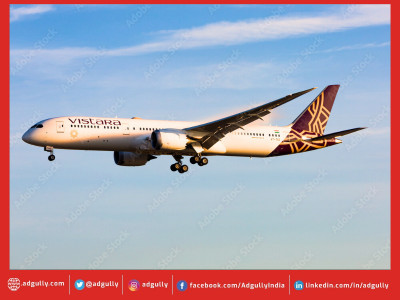
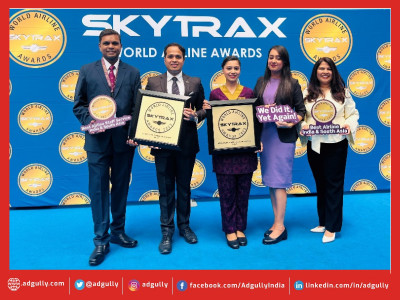
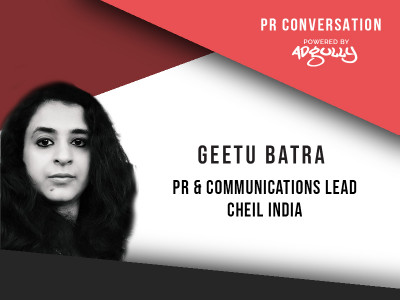

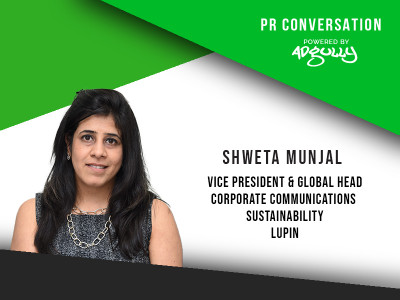

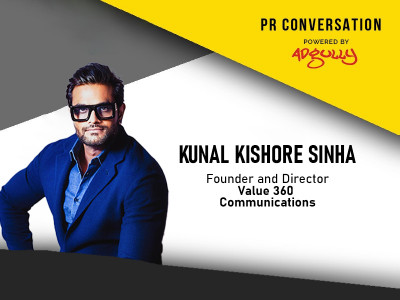
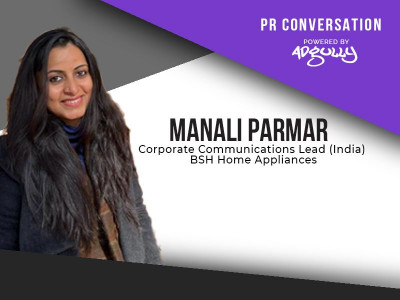




Share
Facebook
YouTube
Tweet
Twitter
LinkedIn